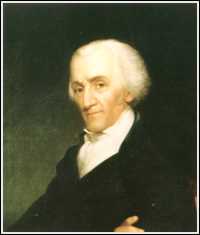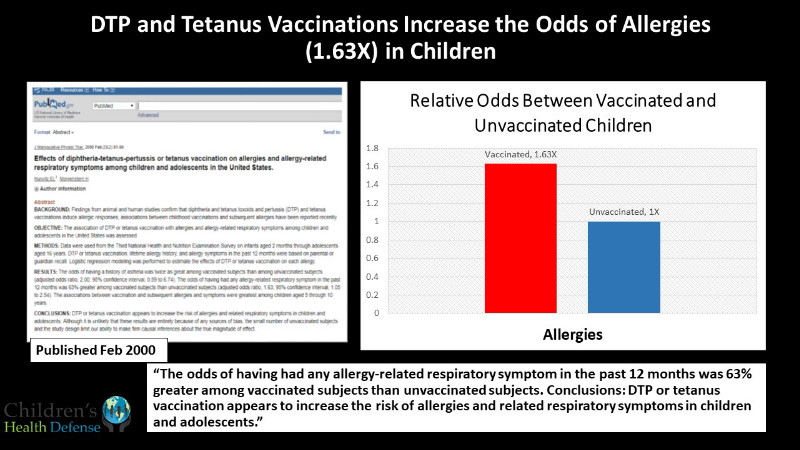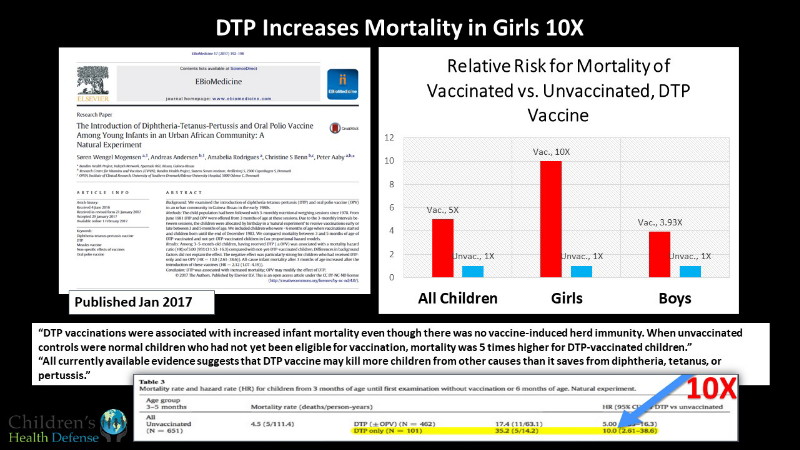New Narragansett Regional School District plan keeps kids in their local schools
TEMPLETON — The plan was driven by the numbers, and it was the numbers that undid the plan.
The reconfiguration designed to make the Narragansett Regional School District fiscal 2020 budget work relied on savings and consolidation. And the numbers were still not quite working, needing more money from Templeton.
Parents were very vocal in opposition to the earlier plan to educate grades 1 to 5 from the two towns in the new Templeton Center Elementary School. Pre-K and kindergarten would go to the Phillipston Memorial Elementary School. Parents pressed their town officials for help to keep their kids in their local schools.
“I completely respect their passion to stand up for what’s right,” Superintendent of Schools Christopher Casavant said. But it was his job to craft a solution within the budget and ultimately the School Committee had approved the plan.
But it was the numbers that once again came into play to drive a new plan, approved on June 26 by the School Committee.
“The School Committee did a lot of reflecting on this,” Casavant said, adding the board had changed its decision based on information.
The plan now is that Templeton Center will be home to Templeton students from grades 1 to 5 as well as pre-K and kindergarten from both towns, while Phillipston will be home to that community’ students, with School Choice students being largely shifted to Phillipston in order to balance classroom sizes. Templeton classes will be reduced one teacher in each grade as a result of the staff reductions that lowered the budget.
“I’m not a gambler,” Casavant said. “But if I have to gamble, I will gamble on the staff. They’re going to get a really good education. That’s our strength.”
State funding change
Although the agency was not explicit, he said, the message was clear: Templeton could find itself paying more for the school if the state agency adjusts the reimbursement it will pay toward the schools costs, since empty rooms were not in the plan. With the teacher reductions, six classrooms were projected to go unused in the new school, a figure now lowered to four.
That extra cost could impact Templeton taxpayers, who had rejected an override to fund the schools.
Casavant said he was asked to put together a plan based on the new information, which had been a potential concern even as the earlier plan was being crafted, he said.
“This has been hard for both communities,” which Casavant said are “full of good people who want what’s best for the kids.”
Although the state financing may have driven the new decision, “the people from Phillipston advocated strongly for what they believe,” Casavant said, and both communities have “what you expect from caring communities.”
Regardless of the solution, “These issues are emotionally charged,” he said.
Meanwhile, Templeton selectmen are working to have a plan in place to reduce town costs if the schools do not present a lower budget at a planned July 18 special Town Meeting.
Templeton selectmen have not indicated a desire for another override after the substantial defeat; Chairman Michael Currie stressed that there have been only two overrides in recent years, in 2018 and 2013.
Phillipston is not in such dire shape in regard to the schools, having also approved an override for that town’s portion of the school budget this year.
If the school budget is not approved, however, the two towns could potentially end up in a districtwide vote on the budget. If the school budget passes at a higher level than the town finances can currently support, Templeton could be in for substantial cuts to the town operating budget.
A significant student impact will still be felt, however. Since the school budget will be lowered by reducing five teachers, larger classroom sizes will result.
Balancing the numbers between the schools may satisfy residents with children in the schools. But School Choice students may be primarily shifted to the Phillipston school to balance numbers, Casavant said.
That has some parents of School Choice students concerned about the impact and suggesting they may remove students from the school. That could impact the budget since School Choice students bring funds to the district.
There will be “thoughtful reflection of where kids are physically going,” Casavant said of School Choice students.
Not at issue, Casavant said, is the quality of the education students are getting. And that is one of the draws bringing School Choice students to the schools.
“When this is all over,” Casavant said, “we need to fix some wagons,” referring to relationships in the towns, but adding that people in both towns care about the students. “We do need to come together.”

 Gerry was born in 1744 at Marblehead, MA, the third of 12 children. His mother was the daughter of a Boston merchant; his father, a wealthy and politically active merchant-shipper who had once been a sea captain. Upon graduating from Harvard in 1762, Gerry joined his father and two brothers in the family business, exporting dried codfish to Barbados and Spain. He entered the colonial legislature (1772-74), where he came under the influence of Samuel Adams, and took part in the Marblehead and Massachusetts committees of correspondence. When Parliament closed Boston harbor in June 1774, Marblehead became a major port of entry for supplies donated by patriots throughout the colonies to relieve Bostonians, and Gerry helped transport the goods.
Gerry was born in 1744 at Marblehead, MA, the third of 12 children. His mother was the daughter of a Boston merchant; his father, a wealthy and politically active merchant-shipper who had once been a sea captain. Upon graduating from Harvard in 1762, Gerry joined his father and two brothers in the family business, exporting dried codfish to Barbados and Spain. He entered the colonial legislature (1772-74), where he came under the influence of Samuel Adams, and took part in the Marblehead and Massachusetts committees of correspondence. When Parliament closed Boston harbor in June 1774, Marblehead became a major port of entry for supplies donated by patriots throughout the colonies to relieve Bostonians, and Gerry helped transport the goods.



.png)















